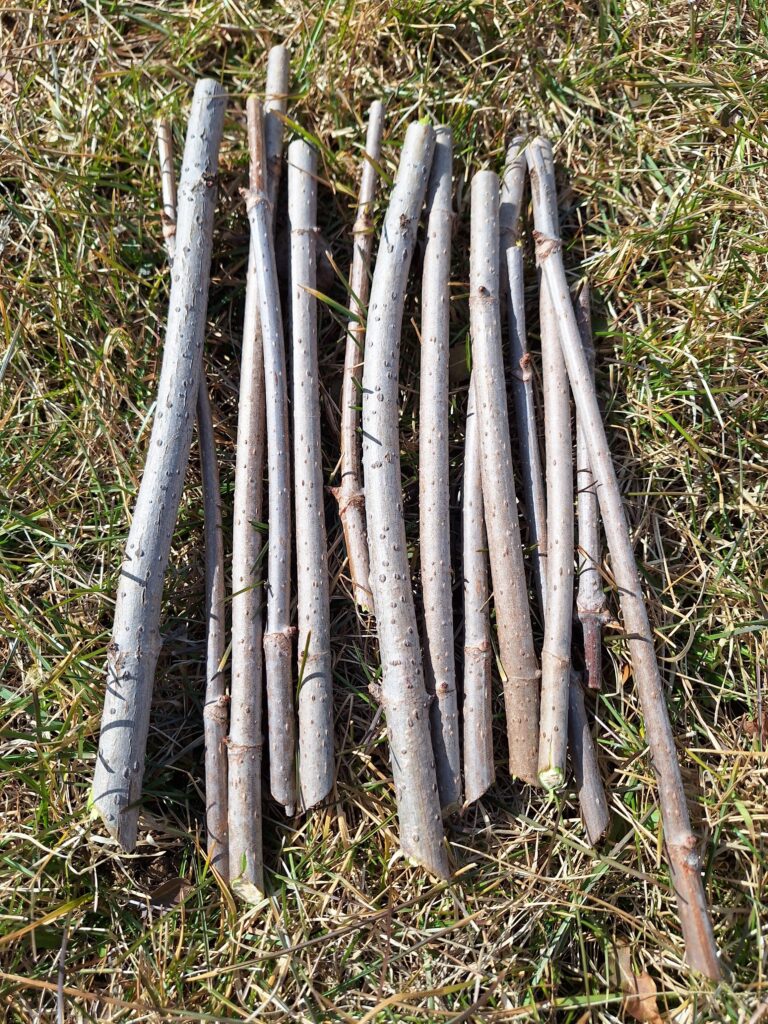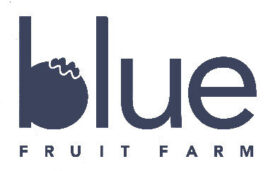
Growing elderberries from canes
In late winter, we sell certified organic elderberry cane cuttings for propagation.
Cuttings can be planted directly in the ground in early spring once the ground is workable and the risk of frost has passed. In northern climates, cuttings can be rooted indoors and grown into plants before hardening off and planting outdoors.
Rooting instructions are included with orders. Mix peat moss with coarse vermiculite (4:1) – wet thoroughly. Place in deep planter with drainage holes. Insert elderberry cutting, pointed end down, so that the upper node is at the surface. Water lightly and keep moist. Place near window or under grow lights. Cover planter with vented plastic film until green foliage appears. Remove film and keep watered. After leaves emerge, feed with dilute liquid fish emulsion once/week. Plant outside after danger of frost – keep watered through first growing season. Although the elderberry is self-fruitful, a more dependable and larger crop of berries will result from cross pollination of 2 different cultivars.
Elderberry canes will ship in late February through March of 2025. They can be picked up directly at the farm or shipped via USPS Priority Mail. Supplies are limited.
Varieties of Certified Organic Elderberry Canes For Sale
Bob Gordon
Bob Gordon elderberries are sweeter and larger than other cultivars. The determinant plants are upright, vigorous and productive. This cultivar can be mowed to the ground after dormant in the fall and fruit harvested the following year on primocane stems. Most resistant to rust and powdery mildew. Yields are high. Hardiness Zones 4-8.
Ranch
Ranch has a short stature and grows 5-6’ tall, so the berries are easily harvested. It’s the earliest to flower and fruit. Vigorous, even does well in non-fertile soils and climates with wide temperature swings. The hardy, indeterminate plants have an upright growth habit, with some sprawling. Great for flowers or fruit. Hardiness Zones 3-8.


